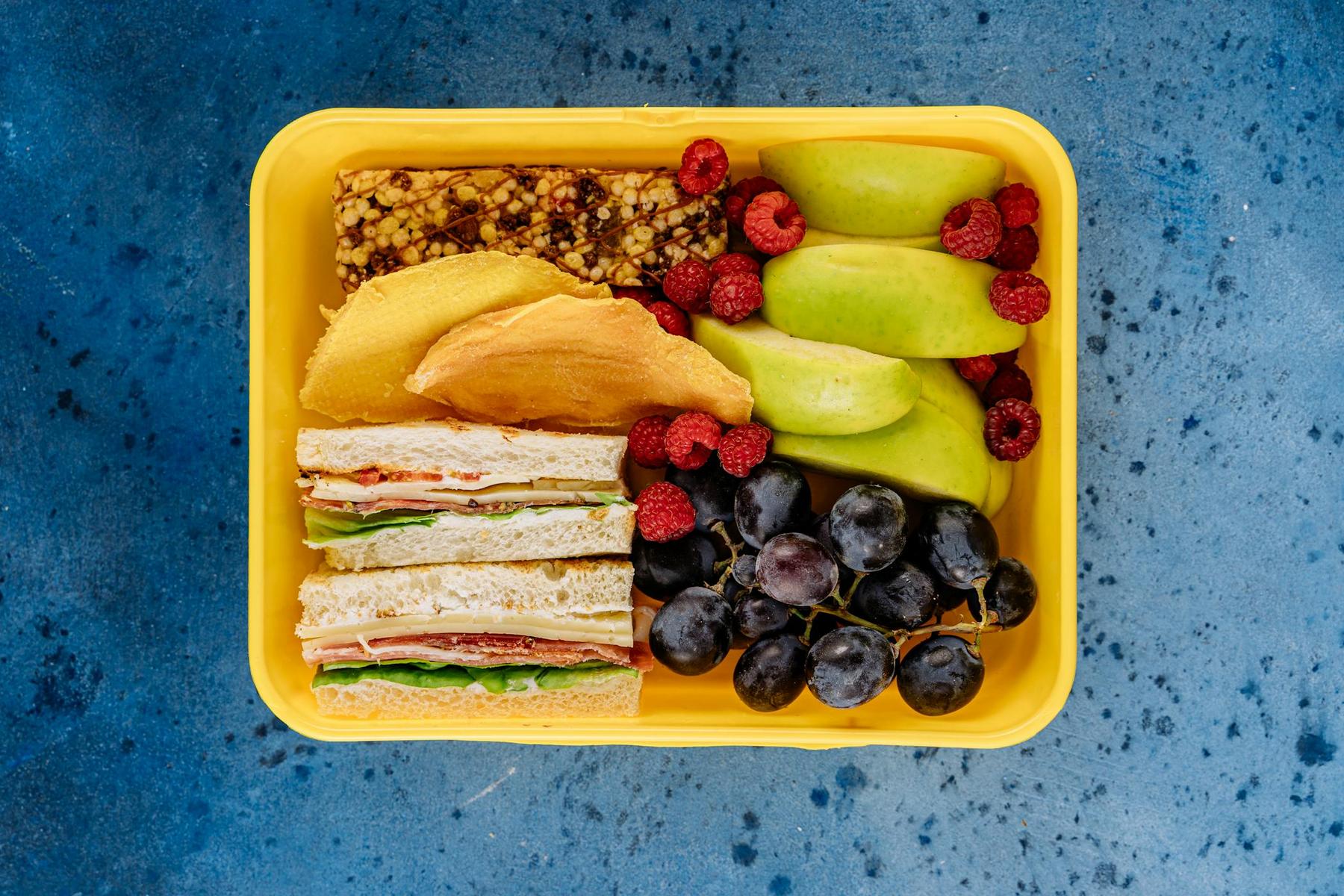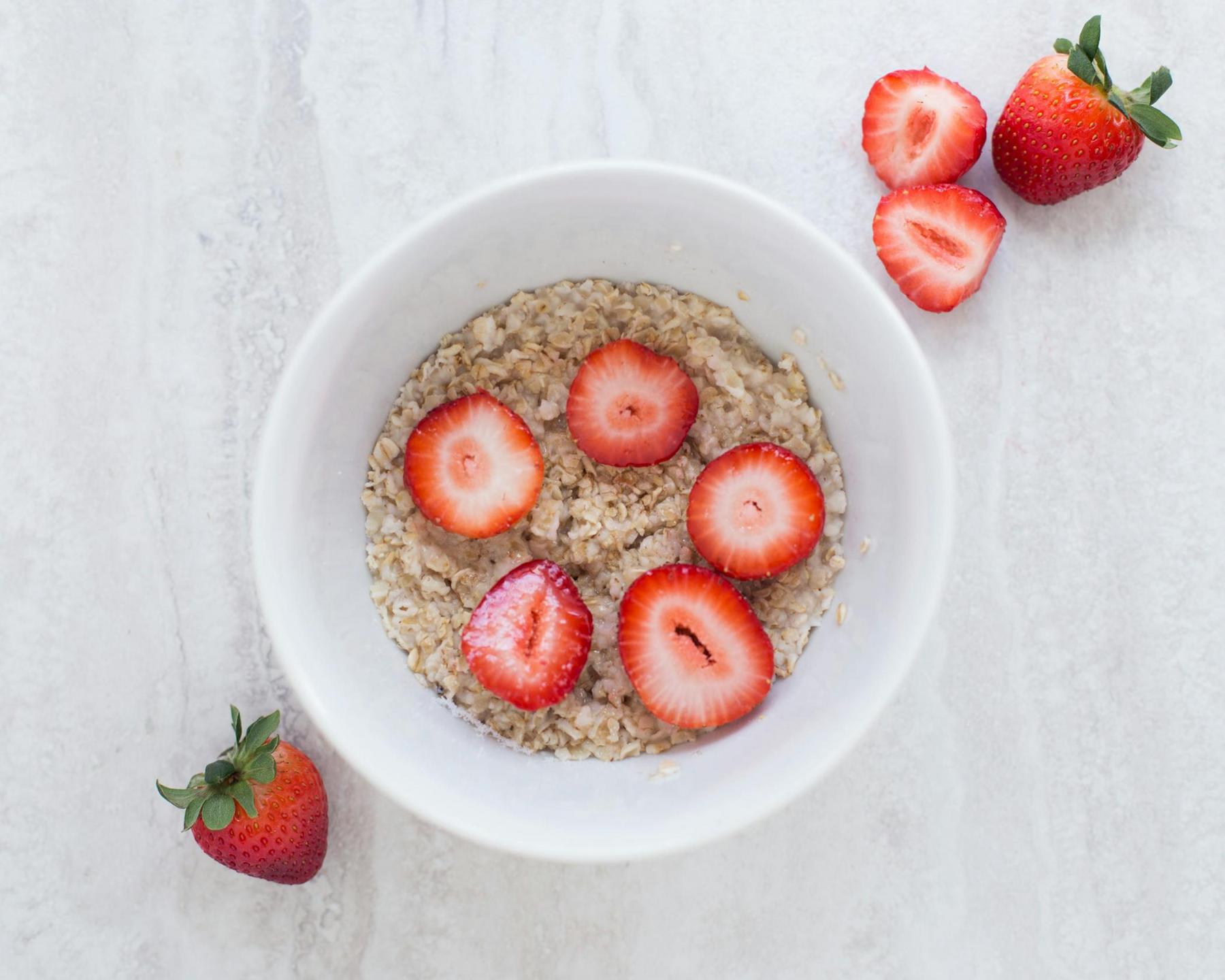The mid-afternoon energy slump arrives with predictable precision. Concentration wavers, productivity stalls, and the vending machine beckons with highly processed options that promise quick satisfaction but deliver fleeting energy and lasting regret. For Australian families and workers, the challenge of maintaining consistent energy and focus throughout the day whilst managing weight concerns has become increasingly urgent.
The strategic selection of nutrient-dense snacks isn’t merely about avoiding unhealthy choices—it’s about actively supporting cognitive function, sustaining metabolic health, and establishing dietary patterns that serve long-term wellbeing. When children bring processed snacks to school or adults reach for convenience foods at their desk, they’re not just making momentary food decisions; they’re influencing academic performance, workplace productivity, and potentially their lifetime health trajectory.
What Makes a Healthy Snack Box Genuinely Effective?
The distinction between a healthy snack box and an assemblage of packaged foods lies in three fundamental nutritional components: protein, fibre, and healthy fats. These macronutrients work synergistically to provide sustained energy whilst regulating appetite hormones that govern hunger and fullness.
Protein increases thermogenesis—the calories your body burns during digestion—by 15-30%, a substantially higher rate than carbohydrates or fats alone. Simultaneously, protein consumption reduces ghrelin, the hormone signalling hunger, whilst stimulating peptide YY, which signals fullness to the brain. Research demonstrates that snacks containing at least 13g of protein significantly enhance satiety and may reduce waist circumference over time.
Fibre slows digestion, promotes gut health, and creates physical fullness with minimal caloric density. High-fibre foods prevent the rapid blood glucose spikes and subsequent crashes that trigger additional eating episodes. The Australian Dietary Guidelines recommend children aged 4-18 years consume between 18-28g of fibre daily, depending on age and sex, with snacks contributing meaningfully to this target.
Healthy fats, particularly monounsaturated and polyunsaturated varieties, enhance satiety despite their caloric density. These fats regulate appetite hormones and support metabolic function. However, portion control remains essential—whilst a 30g handful of mixed nuts provides valuable nutrients, consuming directly from a large packet can easily triple this serving.
The optimal snack contains 150-250 calories and incorporates at least two of these three macronutrient categories. For instance, apple slices with natural peanut butter combines fibre-rich fruit with protein and healthy fats, providing sustained energy for 3-4 hours.
Which Foods Should Feature in Healthy Snack Boxes for Work or School?
Based on evidence from Children’s Health Queensland and the Australian Dietary Guidelines, the most effective snacks align with the five food groups whilst meeting specific nutritional parameters:
Top-Tier Snack Options:
| Snack Type | Key Nutrients | Calories (approx.) | Preparation Level |
|---|---|---|---|
| Hard-boiled eggs | 6g protein, B vitamins | 70 | Minimal |
| Greek yoghurt with berries | 15-20g protein, 8g fibre | 150-200 | Minimal |
| Vegetable sticks with hummus | 3g fibre, 4g protein | 100-150 | Low |
| Air-popped popcorn | 3g fibre per 3 cups | 108 | Low |
| Natural nut butter on wholegrain crackers | 6-8g protein, healthy fats | 180-220 | Minimal |
| Small tin tuna or salmon | Omega-3 fatty acids, 20g protein | 120-150 | Minimal |
| Cottage cheese | 13g protein per 100g | 98 | Minimal |
| Mixed unsalted nuts (30g) | 6g protein, 3g fibre, healthy fats | 173 | None |
Fresh fruit remains foundational to healthy snacking, providing vitamins, minerals, and dietary fibre with minimal energy density. A medium apple contains approximately 4.4g of fibre and only 95 calories. When paired with 1 tablespoon of natural peanut butter (4g protein, 3.5g fat), this combination delivers sustained energy without excessive calories.
For school-aged children, rice cakes with reduced-fat cheese offer carbohydrates for immediate energy alongside calcium and protein for bone development and satiety. Tinned baked beans (no added salt varieties) provide both fibre and complex carbohydrates, serving as an excellent plant-based protein source containing antioxidants that support long-term health.
Workplace snack boxes benefit from shelf-stable options that don’t require refrigeration. Unsalted mixed nuts, wholegrain crackers, dried fruit in controlled portions (30g), and dark chocolate with at least 70% cocoa content provide convenient options that meet nutritional standards whilst accommodating busy schedules.
Foods to Limit or Exclude:
Discretionary foods—those high in added sugars, saturated fats, and sodium—should form minimal portions of daily intake. The Australian Dietary Guidelines recommend limiting sugar-sweetened beverages, confectionery, potato chips, cakes, pastries, and fried foods. These items provide substantial energy without meaningful nutritional benefit, displacing more nutrient-dense options and contributing to excess weight gain.
When evaluating packaged snacks, apply these nutritional benchmarks per 100g: saturated fat <3g, fibre ≥3g per serve, sodium <120mg, and total sugar <15g. Products meeting these standards whilst listing whole food ingredients prominently provide reasonable convenience options when fresh foods aren't accessible.
How Do Healthy Snack Boxes Impact Academic Performance and Workplace Productivity?
The relationship between nutritional quality and cognitive function extends beyond basic energy provision. Research conducted in Chilean schools demonstrated that students with unhealthy in-home snacking patterns achieved GPAs 40.1 points lower than peers with nutritious snacking habits. Poor snacking quality was associated with 53% lower odds of high school completion and a 47% reduced likelihood of attempting college entrance examinations.
In California, schools contracting with healthy lunch providers showed 0.03-0.04 standard deviation improvements in test scores—approximately 4 percentile points—with benefits 40% larger amongst students qualifying for free or reduced-price meals. The intervention cost an additional $80 per student annually, making it substantially more cost-effective than class-size reduction, which achieves similar academic gains at five times the expense.
Danish research examining a three-month healthy school meal intervention identified small but statistically significant improvements in reading performance, specifically processing speed and comprehension accuracy. These cognitive benefits proved particularly pronounced in boys, students from higher-education families, and those with stronger baseline reading abilities.
Workplace productivity demonstrates similar sensitivity to nutritional quality. Documented outcomes from workplace nutrition programmes show a 70% increase in factory production over four years and 20% improvements in productivity metrics. Workers receiving nutritious snacks experienced reductions in anaemia prevalence, decreased disease occurrence, and lowered cardiovascular risk factors.
When Should You Consume Snacks for Optimal Health Outcomes?
Timing significantly influences snacking’s metabolic effects and contribution to weight management. Research examining snacking patterns and weight outcomes identified that mid-morning snacking (10:30-11:29am) is associated with slightly less weight reduction compared to those who abstain, whereas afternoon snacking (2:00-5:29pm) correlates with higher fruit and vegetable intake without compromising weight management goals.
Circadian metabolism plays a role, as consuming calories later in the day reduces fat oxidation compared to identical morning intake. Time-restricted eating patterns, which compress daily food intake into an 8-10 hour window, have demonstrated benefits in weight reduction and improved glycaemic control. For both children and adults, strategically timing snacks prevents energy dips and excessive hunger that may lead to overeating at meals.
What Portion Sizes Ensure Healthy Snack Boxes Support Rather Than Sabotage Weight Management?
Portion control is crucial in ensuring snacks support health goals. The recommended snack size of 150-250 calories delivers satiety without displacing nutritious meals. The “handful rule” offers practical guidance, where approximately 30g of nuts (one small handful) provides around 173 calories along with essential nutrients. However, eating directly from a large packet often leads to overconsumption, adding unnecessary calories over time.
Research indicates that distracted eating—such as while watching television or using mobile devices—can increase calorie intake by approximately 25%. Implementing mindful eating practices and pre-portioning snacks can help maintain appropriate caloric intake and better control hunger cues.
Strategies for managing portion sizes include:
- Pre-portioning snacks into snack containers at the start of the week
- Using small plates and bowls as visual cues for serving sizes
- Transferring dips and spreads into smaller containers
- Employing the one-handful rule for high-calorie items like nuts
- Pairing energy-dense foods with lower calorie options to balance the snack
How Can Families Implement Sustainable Healthy Snacking Habits?
Successful habit formation requires understanding the when, why, what, and how much of snacking:
Assess the WHEN: Identify typical hunger periods and plan snacks to prevent reactive eating. Limiting snacks to 1-2 times per day helps maintain meal integrity.
Evaluate the WHY: Differentiate between physical hunger and emotional eating to ensure snacks address genuine nutritional needs rather than stress or boredom.
Consider the WHAT: Choose snacks that are both satisfying and nutritionally balanced, taking texture and taste preferences into account.
Control the HOW MUCH: Adhere to the 150-250 calorie guideline by using pre-portioned servings and mindful eating practices. Drinking water before snacking can also help moderate hunger.
Environmental modifications play a crucial role. In workplaces and schools, increasing the availability and visibility of healthy snack options can nudge individuals toward better choices without relying solely on willpower.
Supporting Long-Term Health Beyond Immediate Nutrition
Establishing healthy snacking patterns in childhood lays the foundation for lifelong dietary habits. Regular consumption of nutrient-dense snacks helps cultivate taste preferences for whole foods over processed alternatives, reducing the risk of chronic diseases later in life.
Economic benefits are also evident. For instance, even modest reductions in child and adolescent overweight and obesity can result in significant lifetime healthcare savings. In addition, workplace nutrition programmes have been shown to reduce absenteeism and improve overall productivity.
By focusing on strategic timing, balanced macronutrient composition, and mindful portion control, healthy snack boxes support both immediate performance in academic and professional settings and long-term wellbeing. This integrated approach not only improves energy levels and cognitive function but also contributes to chronic disease prevention and effective weight management.
What are the healthiest ready-made snack boxes available in Australia?
The healthiest commercial snack boxes contain whole food ingredients with minimal processing, adhering to nutritional benchmarks such as <3g saturated fat per 100g, ≥3g fibre per serve, <120mg sodium per 100g, and <15g sugar per 100g. Look for options that include mixed nuts, seed varieties, wholegrain crackers, reduced-fat cheese portions, and fresh fruit. Many retailers now offer refrigerated snack boxes combining ingredients like Greek yoghurt, berries, and granola, ensuring that convenience does not come at the expense of nutrition.
How many snacks should children consume daily between meals?
According to the Australian Dietary Guidelines, school-aged children typically benefit from 1-2 snacks daily. Younger children (4-8 years) usually require one mid-morning and one mid-afternoon snack, each contributing about 150-200 calories, while adolescents may need slightly larger or additional snacks based on their activity levels and energy needs. The key is ensuring that snacks complement meals and provide roughly 10-20% of total daily energy intake.
Can healthy snacking actually support weight management rather than causing weight gain?
Yes, strategic snacking with nutrient-dense foods can support weight management when combined with proper portion control and timing. Snacks that include protein, fibre, and healthy fats enhance satiety, helping to prevent overeating at meals. Research suggests that when snacks contribute 150-250 calories and are consumed at appropriate times, they can help maintain energy levels and prevent excessive hunger without leading to weight gain.
What snacks provide the longest-lasting energy and fullness at work?
Snacks that combine protein, fibre, and healthy fats tend to offer sustained energy and fullness. For example, Greek yoghurt with berries, cottage cheese paired with vegetable sticks and hummus, or a small portion of mixed unsalted nuts can provide balanced nutrition and help maintain concentration throughout the afternoon. Portion control is essential, particularly with calorie-dense options like nuts.
How can I convince my child to choose healthy snacks over processed options?
Encouraging children to opt for healthy snacks involves environmental changes, gradual exposure, and positive role modeling. Increase the availability of whole food options while gradually reducing processed items, involve children in snack preparation, and present healthy foods in an appealing manner. Pairing less preferred healthy items with favourites and avoiding the use of unhealthy snacks as rewards can also foster a positive attitude towards nutritious choices.



